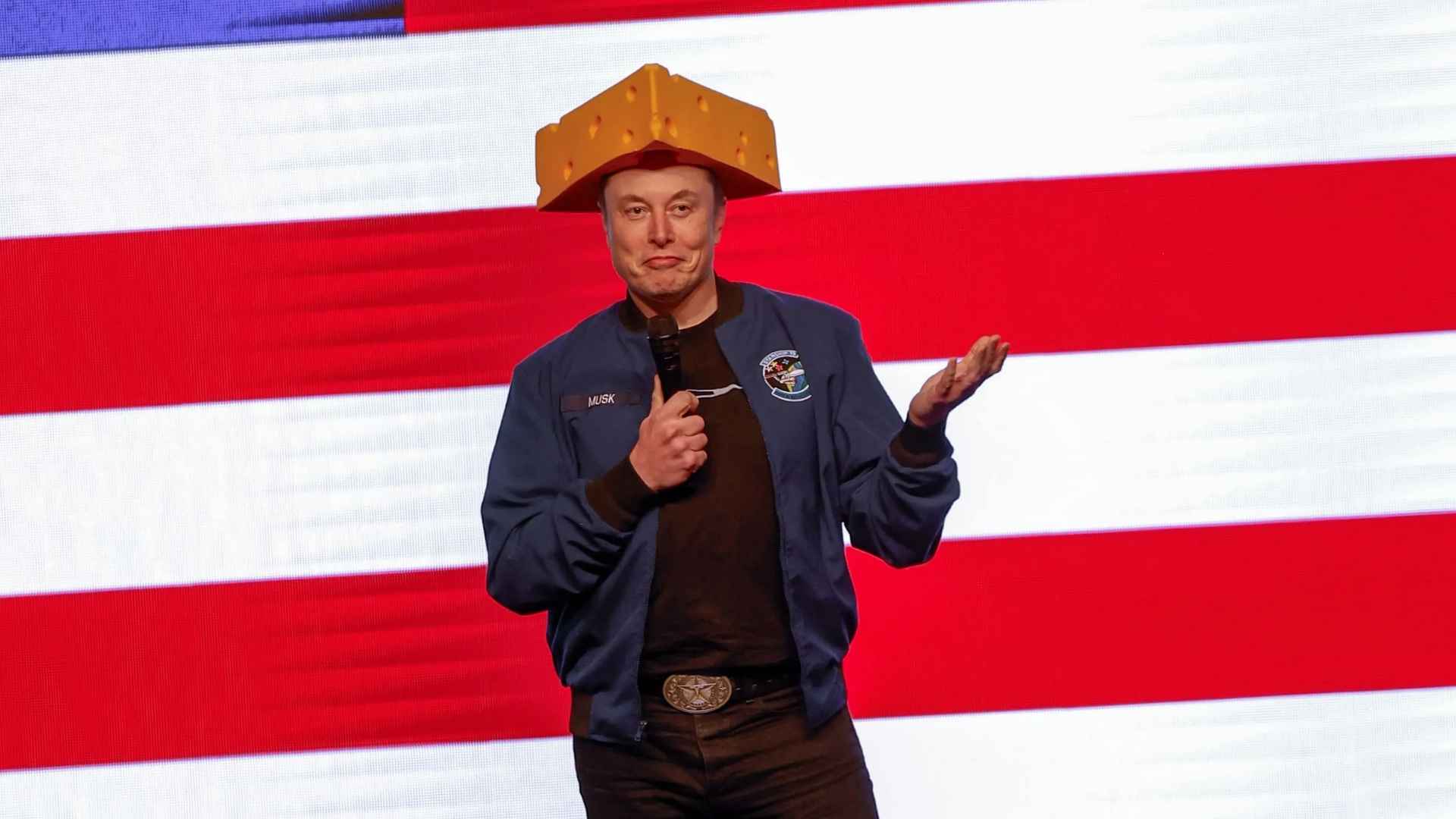Thirty senior safety officials shown the door as federal pressure mounts on Autopilot and Full Self‑Driving.
The abrupt firing of 30 National Highway Traffic Safety Administration (NHTSA) specialists by Elon Musk, now chairing the new Department of Government Efficiency (DOGE), could become the biggest roadblock yet for Tesla’s autonomous ambitions.
Owners who depend on Autopilot or the pricier Full Self‑Driving (FSD) package may soon find federal patience running thin—and that spells uncertainty for future software updates and even vehicle resale values.
Federal spotlight intensifies after Musk’s staffing shake‑up at NHTSA leadership
The February dismissals targeted analysts who probe crashes involving driver‑assist systems. Their exit, critics say, weakens the very office investigating a surge of Autopilot‑related collisions. “There’s a glaring conflict of interest,” a former staffer complained in The Daily Galaxy.
Nevertheless, ongoing probes continue: NHTSA is reviewing incidents in which Teslas allegedly failed to recognize stationary emergency vehicles, a pattern that could trigger mandatory software limits. Feeling a bit uneasy? You’re not alone.
What Tesla drivers should know about current autopilot and FSD limits before the next update
Tesla markets two distinct driver‑assist bundles, each with firm boundaries. Here’s a quick side‑by‑side snapshot:
| Capability | Autopilot (standard) | Full Self‑Driving (Supervised) |
|---|---|---|
| Adaptive cruise & lane‑keeping | ✔ | ✔ |
| Navigate on Autopilot (highways) | — | ✔ |
| Auto Lane Change | — | ✔ |
| Autopark (parallel & perpendicular) | — | ✔ |
| Summon / Smart Summon | — | ✔ |
| Traffic Light & Stop Sign Control | — | ✔ |
| Autosteer on City Streets | — | ✔ |
Autopilot stays limited to basic lane‑centered cruising, while FSD layers in city‑street steering and traffic‑signal response. Still, both demand “active supervision,” and that legal phrase gives regulators leverage to curb features they deem unsafe. Wondering whether you’re getting your $12,000 worth? Time—and Washington—will tell.
Chinese rival BYD raises the competitive bar with tiered autonomy plans entering U.S. showrooms soon
As Tesla wrestles with regulators, Shenzhen‑based BYD inches closer to American dealerships with its “God’s Eye” LiDAR suite. Higher‑end models promise full highway and urban Navigate on Autopilot (NOA), while the budget‑minded DiPilot 100 tier limits NOA to freeways using camera‑radar sensing. BYD’s decision to bundle autonomy at no extra charge contrasts sharply with Tesla’s à‑la‑carte approach and could pressure Musk to rethink pricing just as profit margins hit a seven‑year low.
How owners can stay prepared today? For now, Teslas remain street‑legal, but NHTSA could impose data‑sharing mandates or temporary feature suspensions as investigations conclude. Current owners should:
- Install every over‑the‑air safety patch as soon as it drops.
- Keep hands on the wheel—regulators watch driver‑monitoring logs.
- Save trip‑cam footage; it can clarify fault if an incident occurs.
Consequently, prospective buyers may wish to wait for the agency’s final rulings or explore competitive models offering similar autonomy with fewer regulatory clouds.

